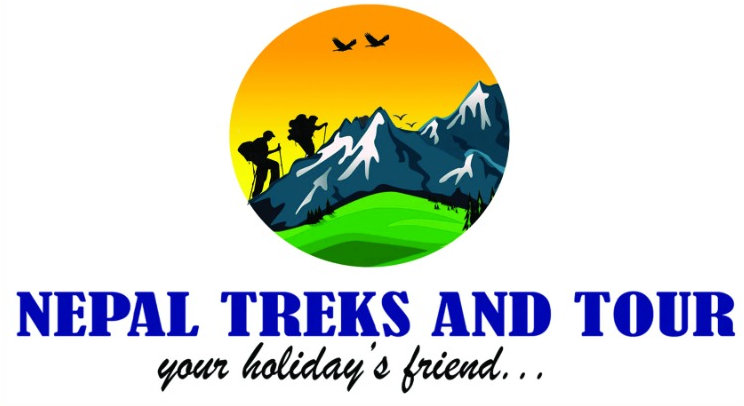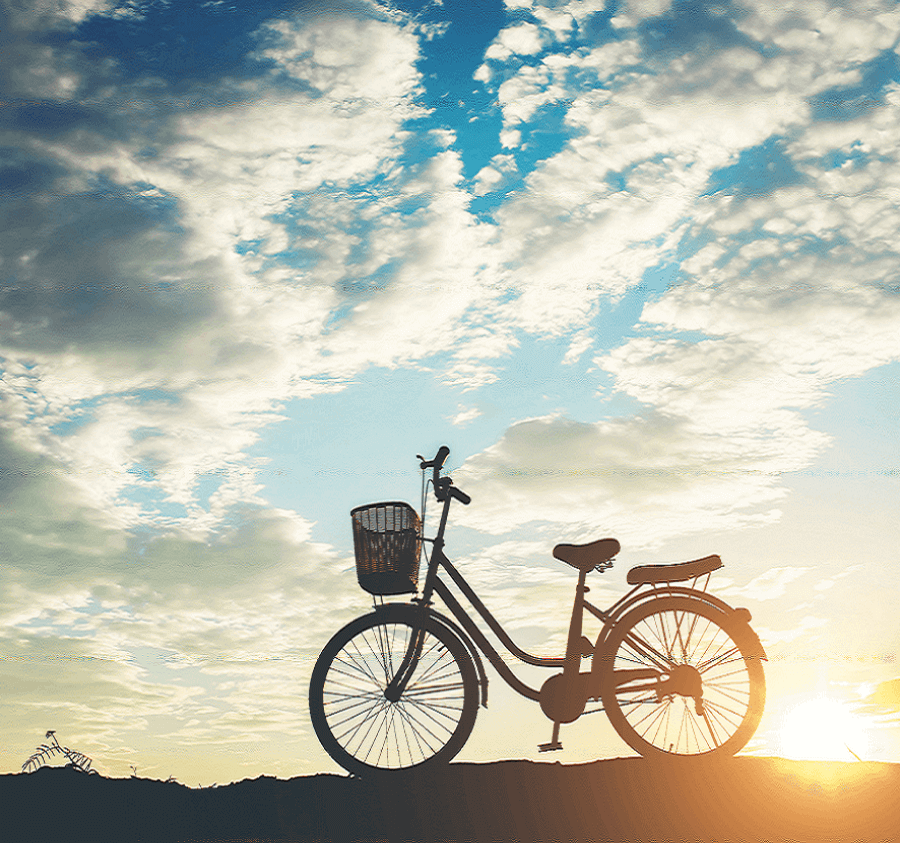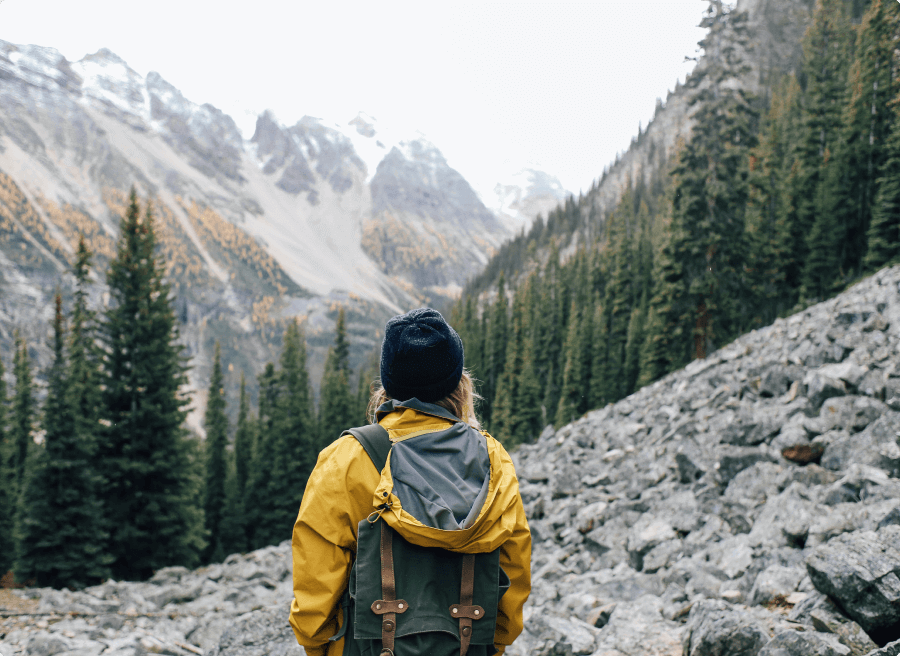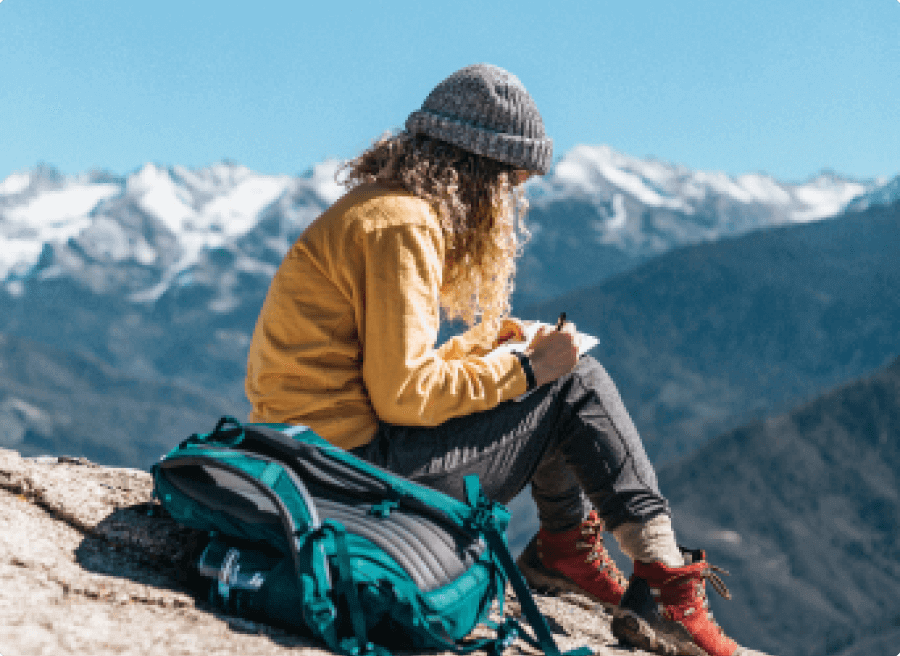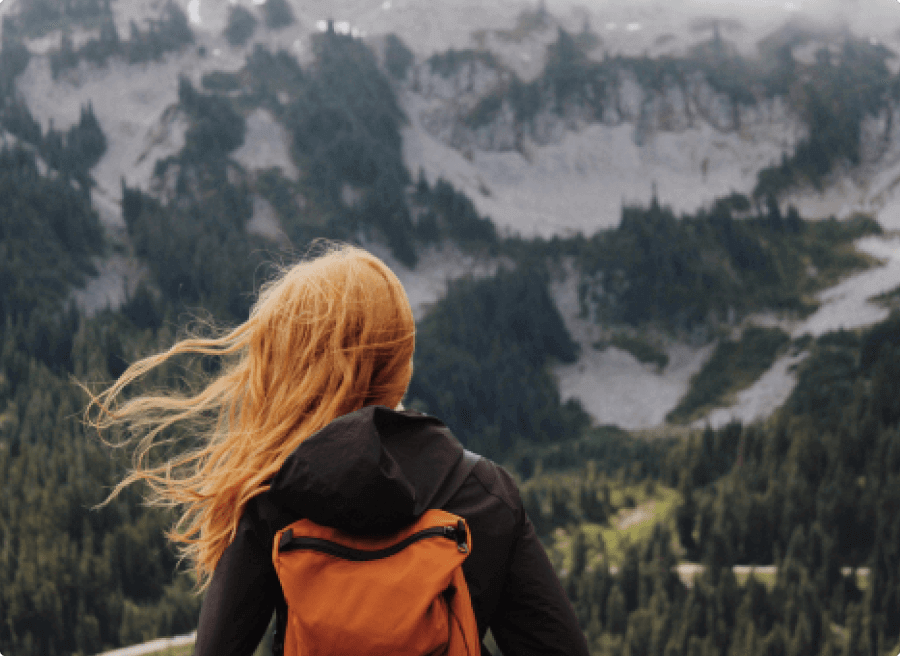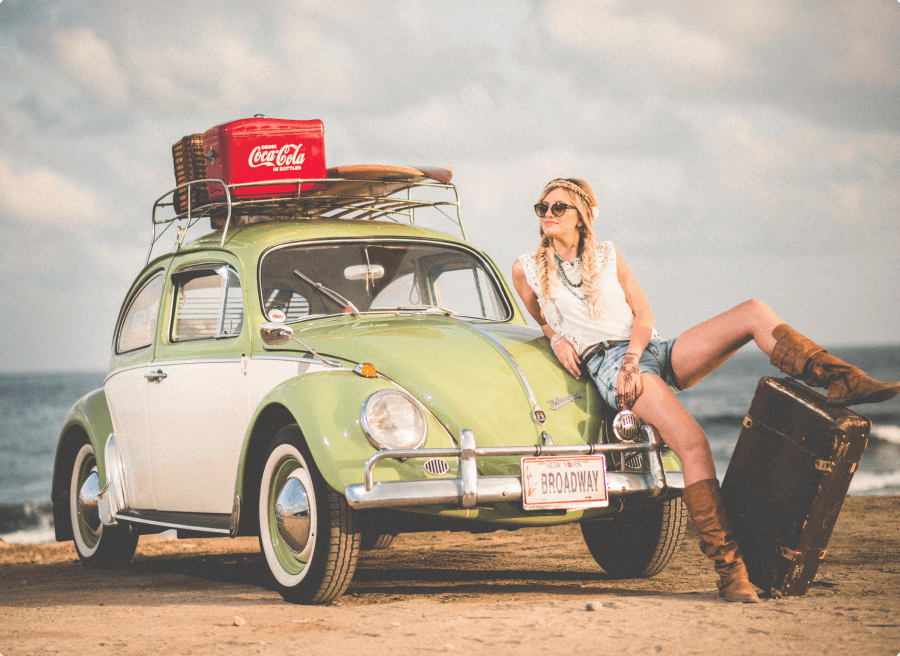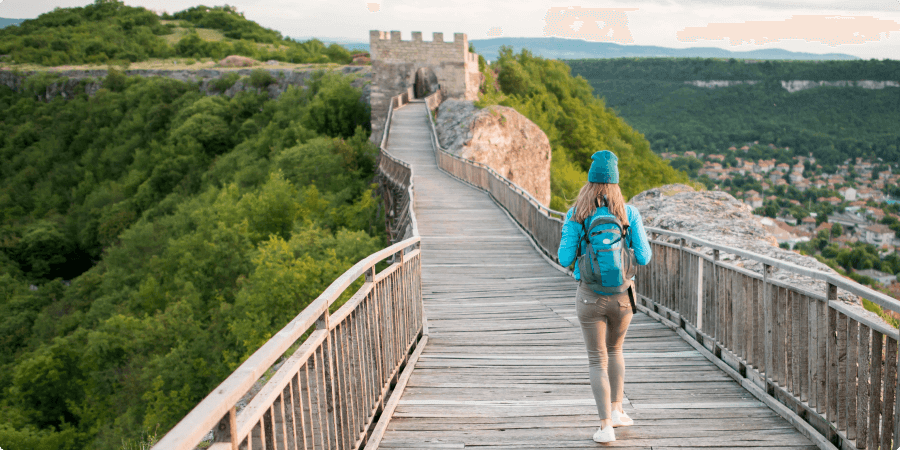Nepal is a world-class trekking destination with hundreds of mountains and numerous trekking routes. From the early expeditions in the Himalayas in human history to this date, many trails have seen great development. From well-established trekking routes to an excellent network of lodges and teahouses, most famous trails have become accessible. Unlike in the past, camping is no longer required for most treks. Moreover, famous treks such as Everest Base Camp, Annapurna Base Camp, and Ghorepani Poon Hill also offer premium amenities. So, is Nepal Trekking Safety 2025? Yes, we can confidently say that trekking in Nepal is 100% safe and secure.
In many villages in the Everest, Annapurna, and Mustang regions, luxury lodges and hotels have been established. As the number of trekkers has increased over the years, the number of local guides and porters has also increased, creating the perfect balance.
Nepal’s government has established strict training regulations for mountain guides who want to get a trekking guide license. These regulations ensure that guides are well-trained to manage trekkers’ safety and satisfaction and handle any situation while leading them in the mountains.
And not to forget all the expert local trekking agencies in Nepal, who do their best to make every trip memorable, a lifetime experience, and safe for foreigners.
In short, it is clear that many efforts have been made over the years and are still going on to provide the best and safest trekking experience to travelers in Nepal. However, given the nature of the Himalayas, we cannot predict and control every event, but rest assured, we are well-prepared to face any turn in the events.
Recent road and air accidents in Nepal, and does this make your trek or tour in Nepal unsafe?
It’s true that 2024 has not been a great year for the country when it comes to road and air accidents. If we take the geography of Nepal in context, it is divided into three parts: Terai, Hills, and Mountains (Himalayan Range).
While traveling from Terai to Hills, the roads follow hillsides. So, once you enter the hilly region, there is no plain road. The highways are smooth, but they ascend and descend fowling rolling hills. The same goes for traveling from hills to mountains. Hills connect the country.
With the start of the monsoon season, hilly areas around Nepal usually see a high risk of landslides. Because of heavy rainfall, river water flows are also high. Note that landslides are not the major cause of accidents in Nepal. Vehicle maintenance, driver, and road conditions play a huge role.
Following this season’s accidents, the government has taken proactive steps to prevent further incidents. For instance, every long-route bus is now required to be operated by two drivers, and specific standards for vehicles have been set. These measures are expected to bring about a significant reduction in road accidents.
Despite the unfortunate accidents, Nepal remains a safe destination for trekking. The government is also actively collaborating with airlines to prevent future incidents. The accidents were unfortunate events, but they don’t make Nepal any less safe for trekking.
To be honest, the transportation infrastructure for foreigners is much better in Nepal than for the locals. It is sad in a way but good for tourists. Better tourist-standard buses, jeeps, and cars with well-trained and experienced drivers are available in Nepal for travelers.
Thousands of travelers visit Nepal every year to trek, climb, and tour. As of July 2024, more than 7 lakh tourists had arrived in Nepal for several adventures. Now that the final trekking season for 2024 is already here, we are hoping to welcome more travelers.
You do not have to worry about anything. Trekkers’ safety is not compromised in any way in Nepal.
How can you travel safely in Nepal?
While trekking in Nepal, you will spend most of your time traveling in the Himalayas. You will only spend a couple of days in a city & while traveling to/from the starting/ending point of the trail. Therefore, you have to be mindful about making your time as comfortable, hassle-free, and safe as possible in the mountains.
And how can you do that? The answer is simple: trek with a local Nepali trek and tour agency like us, Nepal Treks and Tour.
The Himalayas are remote areas with no road transportation, proper health facilities, or modern conveniences. You will ascend way above sea level, which most foreigners are not used to. This can lead to altitude sickness.
Likewise, the Himalayan terrain is also not flat. You will traverse forested hills following rugged, rocky, and steep terrain that frequently ascend and descend. There are a handful of trekking programs, such as Langtang Valley, Everest Base Camp, and Ghorepani Poon Hill, that foreigners can do legally without hiring a guide or involving any local trekking agency.
However, embarking on a solo trek also means taking on the responsibility of obtaining permits, arranging transportation, accommodation, meals, and more. This can be a significant hassle. Trust us, the few bucks you might save by trekking solo are not worth the stress and inconvenience.
First of all, March to May and late September to November are the top trekking months, so obviously, most travelers visit Nepal to trek in these months. Local trekking agencies pre-book lodges and teahouses on all popular trekking routes.
You can have a hard time getting accommodation while trekking. We have seen trekkers often spend nights in dining halls because of the unavailability of space. Similarly, there is a high chance you will spend a lot more money trekking alone than going for a travel agency.
And not to mention, if you do not hire a porter, you have to carry your backpacks by yourself. If you are not strong, ascending and descending on Himalayan terrain for 6 hours a day with a heavy backpack is difficult. It will make even a beginner-friendly trek quite challenging for you.
Trekking in the Himalayas already requires lots of effort and energy. Why do you want to make it more stressful and difficult, especially when there is also a language barrier to some extent?
“Hiring a trekking company to organize your trek is the best, safest, and most convenient way to trek in Nepal.”
You do not have to purchase a package from an international travel portal. They usually sell packages at a high cost because of their own commission, and ultimately, Nepali trekking companies organize and handle their trips in Nepal.
So, why not book a trek directly through a local Nepali trekking company like us? You can check our trek packages here or contact us for more information. We have affordable trekking and tour packages in Nepal with a high satisfaction rate.
You will spend a fraction of the money and, if not equally, have a more rewarding experience with a local Nepali trekking company than booking via an international travel portal.
Essential pre-trek planning and considerations
Before you book a trek to Nepal, there are a few things that you should plan and consider to have the best trekking expedition. You have to ask yourself questions like: What are your trek expectations? What is your fitness level? How much money can you spend? Would you like to join other activities if opportunities arise?
Answering these questions will help you pick the right trek for you in Nepal and ultimately allow you to have the perfect holiday. Likewise, you should also understand the Himalayan trail, weather, climate, and trekking infrastructure to set the right expectations and not get disappointed.
Below, we will share some points every trekker must know before booking a trek to Nepal. This information will help you make a smart choice and provide more options and flexibility.
Trekking season
- If you want to trek during the best seasons, visit Nepal in spring (March to May) and autumn (September to November). In spring, the Himalayan foothills are covered with rhododendron blossoms, making the trail and scenery exceptionally wonderful. Likewise, you can plan your trek in autumn to coincide with the biggest Nepalese festivals.
- If you want to avoid crowds, trek toward the start or end of the peak seasons. The trail and weather are in better condition, yet the trails are not overly packed with travelers.
- Trekking in the summer/monsoon season (June to August) is possible. Upper Mustang and Dolpo are rainshadow areas in Nepal, so rain does not fall there. You may encounter rainfall while traveling there, but once you enter the region, there is almost no trace of rainfall.
- Trekking in other regions in the summer/monsoon season is usually not recommended because of heavy rainfall, muddy/slippery trails, and leeches. However, for trekkers who are into biodiversity, it is the best time of the year to trek in the Himalayas.
- Winter trekking is not that popular but highly recommended. Though the climate is very cold and snow walking is required, you will enjoy empty trails, lower accommodation/meal prices, and a stunning winter landscape.
Fitness and challenges
Not all trekking programs in Nepal have the same difficulty levels. Some are easier and doable than others. We have three categories of treks: moderate, difficult, and strenuous.
Moderate treks are beginner friendly treks. People of all ages can do this trek without previous trekking experience or high altitude experience. To do the moderate trek, trekkers are not required to undergo intense training.
Difficult treks include steep, offbeat terrain, mountain pass crossings, and less popular trails. They are recommended to experienced trekkers who have done a few day hikes and short treks. Beginner trekkers with good fitness may also do these treks.
Finally, strenuous treks are some of the most demanding treks in Nepal. For example, the Everest Three High Passes trek involves crossing three 5,000-meter-above-mountain passes and traversing glacier moraines.
Likewise, trekking regions such as Kanchenjunga, Makalu, and Dolpo are considered strenuous because of their remoteness, inaccessibility from Kathmandu, off-the-beaten-track terrain, and scarce tourist infrastructure.
Strenuous category treks are only recommended to trekkers with great mental and physical fitness, previous trekking experience, and understanding of the Himalayan trail.
Find out which trek difficulty level you can handle and see what trekking options are available. Note that beginner trekkers also require effort to some extent. Do not forget you have to work 5 to 6 hours a day, even during the beginner trekking programs.
Altitude awareness and what is acclimatization?
During any trek in Nepal, you will go above at least 2,000 meters. Most of the major treks ascend above 3,000 meters to 5,000 meters +. Travelers coming from sea level are not used to this elevation and its environment, so they may suffer from altitude sickness.
There are ways to avoid altitude sickness during the trek, such as adding acclimatization days to your itinerary and ascending slowly. Acclimatization is the process of your body getting used to high elevation.
It’s a crucial part of high-altitude trekking, as it allows your body to adjust to the decreased oxygen levels at higher altitudes. During the trek, you usually gain 500 meters a day and take an acclimatization break between gaining a few hundred meters.
All of our trek itineraries are well designed, with ample acclimatization days and a gradual increase in elevation, which allows travelers to avoid altitude sickness.
We recommend trekkers consult their doctors about altitude sickness, especially if they have any medical condition that may be affected by high altitude.
Weather in the Himalayas
The weather in the Himalayas is very unpredictable throughout the year. Fortunately, the spring and autumn seasons have comparatively stable weather. Still, you may see rainfall, snowfall, or clouds in the sky out of nowhere.
Trekkers must be prepared for all kinds of weather conditions. Thanks to the elevation rise during trekking in the Himalayas, you will traverse different climatic zones in whatever trek you do.
You will travel from sub-tropical forests to junipers to meadows to alpine zones. Weather and climate fluctuate in all these zones. So, trekkers have to be flexible to different weather and climate patterns.
Travel insurance: why must you get travel insurance if you are planning to trek in Nepal?
At the moment, foreigners can only buy general travel insurance in Nepal. For treks in the Himalayas, helicopter evacuation coverage is important, but it is not available locally.
So, we request all foreigners visiting Nepal to trek to get travel insurance that covers emergency helicopter evacuation. You can also go ahead and include other coverages like medical bills, loss/theft of personal belongings, flight cancellation, etc, in your travel insurance.
As we have explained from the start of the blog, the Himalayas are remote, there are no proper health care facilities in most villages, and there are risks of bad weather, altitude sickness, injuries, etc.
It is crucial that you get well-covered travel insurance to get immediate rescue if any unseen event arises. Moreover, travel insurance covering helicopter vacations is a must if you want to do any trekking with a local company in Nepal.
Travel insurance is your safety net in times of distress.
Expenses and budgeting
Trekking in the Himalayas comes with several major and minor expenses. Some major expenses you will bear during the trek are your international flight tickets to/from Kathmandu, trek package cost, trekking clothes and gear, guide and porter tips, and travel insurance.
Your minor expenses now include shopping, food, beverages, etc. You have to plan your trip well according to your budget. Note that you can do both budget-friendly and luxury treks in Nepal. Choose the one that best suits your budget and requirements.
For example, you can expect to pay USD 25 to USD 55 per night in two to three-star hotels in Kathmandu, Pokhara, and Chitwan. Likewise, a decent meal will cost you up to USD 7 to USD 9 in the big cities. Locals pay the same price for decent accommodation and meals.
There are also options like traveler hotels and lodges where you can stay at USD 5 to USD 10 per night, but then again, the amenities will not be that fine. We really want to say that Nepal is not cheap like other Asian countries.
You may get a plate of momo for USD 1.5 to USD 2 and some other snacks in the same range, but this price range is not available everywhere. You have to find the local eateries that sell food at this rate.
On average, the locals themselves pay USD 4 to USD 7 for a dish or two with a drink at a decent cafe or restaurant. So, be mindful of the prices, and please do not get upset when you can’t find food or a place to spend the night at a very cheap rate.
Talking about the mountains, prices are way high in the mountains unless you stick to basic dal bhat, thukpa, soups, porridge, etc. We also highly recommend that travelers have an emergency allowance and make it easily accessible if needed.
The final say
All the things we have talked about will make your trek in Nepal safe and satisfying. Unseen situations can arise anytime, but that doesn’t mean you should stop traveling or cancel your trips. Be smart and proactive.
Frankly, Nepal’s trekking safety has never been this better, with many organizations, locals, and the government working day and night to provide the best travel experience to foreigners in Nepal!
